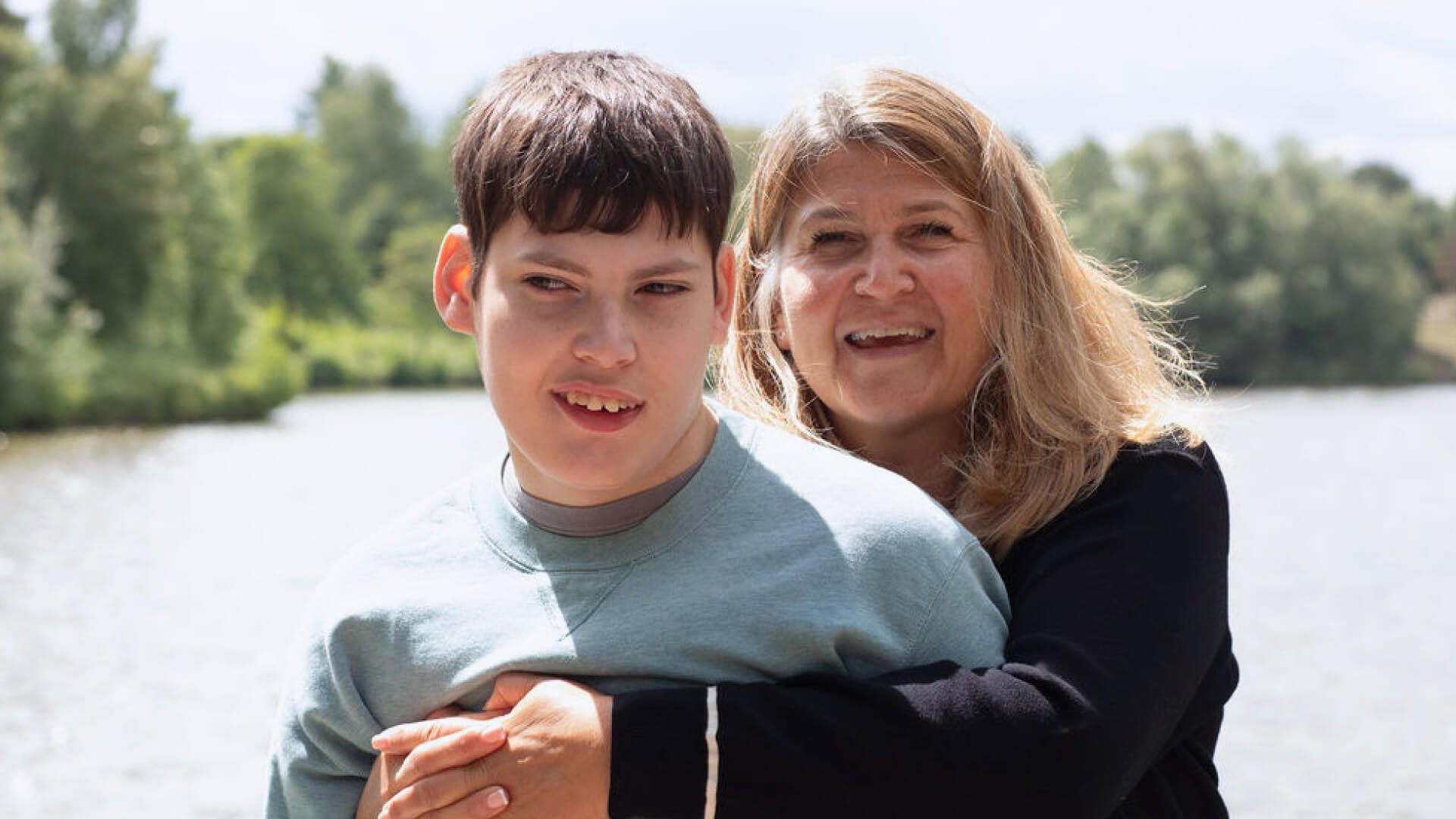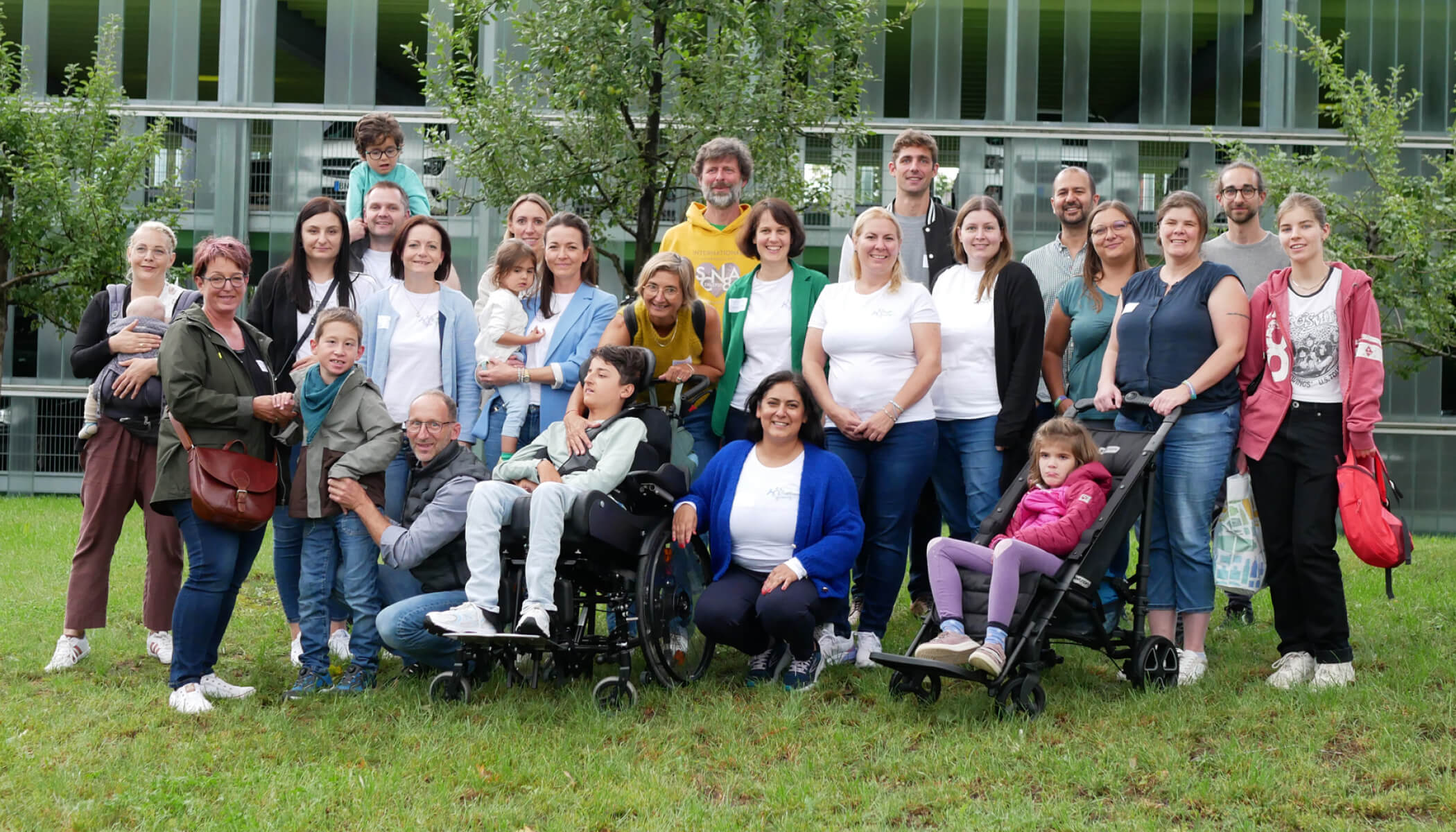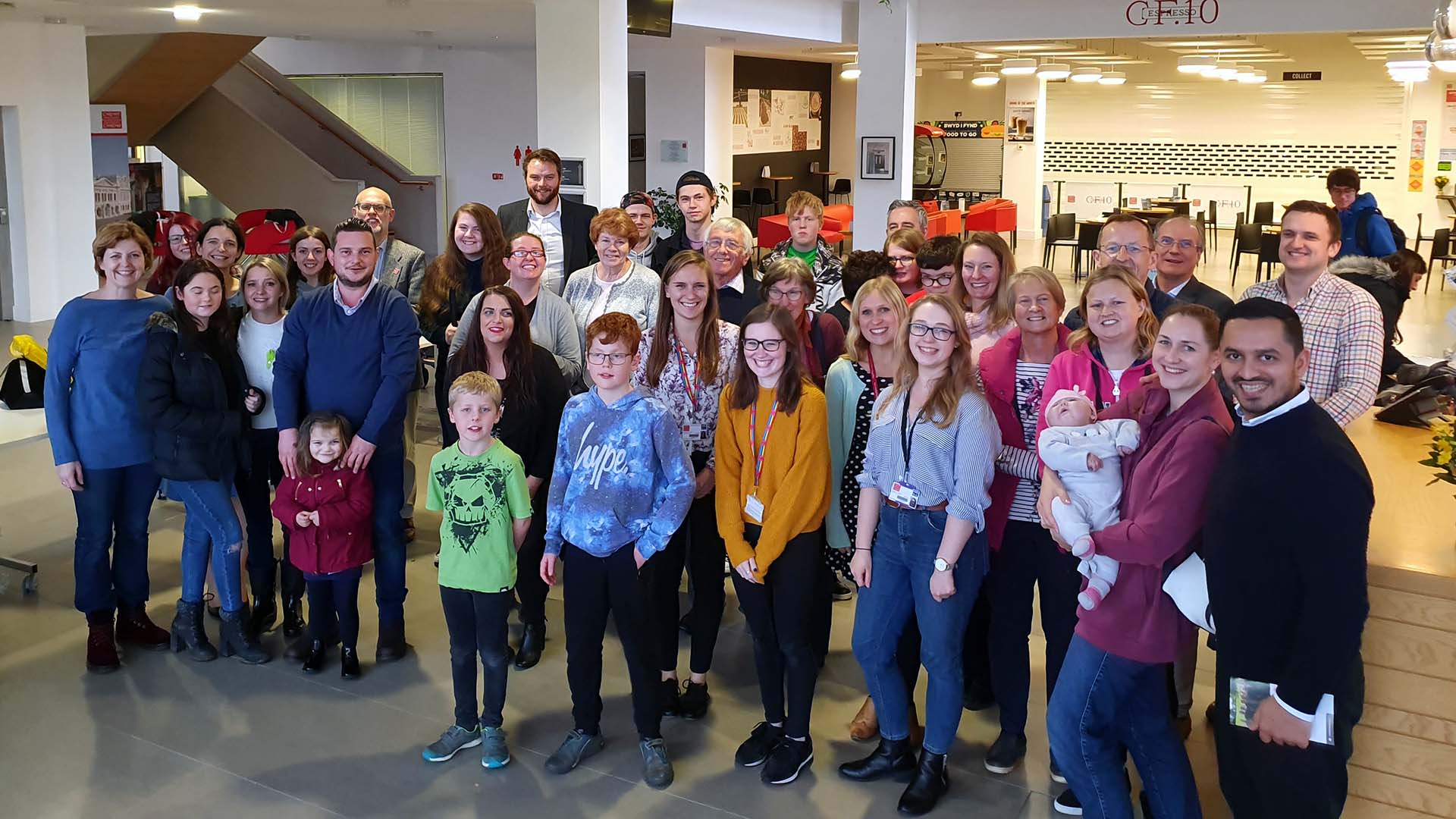Recognizing the need for more support for families with a SCN2A diagnosis, in 2021, Dantone, together with a group of families, founded SCN2A Italia – Famiglie in Rete APS, one of the first European associations to represent families with this rare disease.
Soon after, SCN2A Italia joined forces with SCN2A Germany to organize conferences for researchers and the SCN2A patient community. Motivated to expand their collective impact, SCN2A Italia and SCN2A Germany are now working to create a European SCN2A Foundation to connect more families across Europe and speed up the search for effective treatments.
“We hope to unite and support the SCN2A community by giving families better access to resources,” Dantone says. “We also aim to enhance the existing international network of SCN2A organizations because together, we can make a real difference.”
Rare disease knows no borders. With up to 10,000 rare diseases affecting over 300 million people globally, our community response must also be global.
Today, CZI’s Rare As One Network welcomes SCN2A Italia and SCN2A Germany and three other international grantees into our new cohort of 31 patient-led rare disease organizations, expanding our community to nearly 100 patient-led organizations.
These new members — Dravet Syndrome UK and the Timothy Syndrome Alliance (TSA) in the United Kingdom, Lil’ Brave One in Serbia, and SCN2A Italia and SCN2A Germany — will play a crucial role in beginning to expand the Rare As One Network globally to accelerate the pace and progress toward treatments and cures.
“People all around the world are impacted by rare diseases, but there is a lack of awareness, funding, and fundamental infrastructure to support rare disease research and care,” says Heidi Bjornson-Pennell, CZI lead for the Rare As One Network. “We’ve spent five years learning and growing with the Rare As One Network, and now it’s time to begin to scale up to figure out how we can best support patient-driven organizations around the world in their efforts to drive forward progress against rare disease.”
Here’s a closer look at the expansion of the Rare As One Network.
Expanding the Rare As One Network

Galia Wilson with her 16-year-old son, Arlo, who is living with Dravet Syndrome. | Photo courtesy of Dravet Syndrome UK
Around the world, thousands of patient-led rare disease organizations do the hard work of improving the lives of people impacted by rare diseases and advancing medical research in their respective fields. But many of them face common barriers to progress, including limited organizational capacity and funding, small and scattered patient populations, academic silos, and insufficient data sharing and research infrastructure.
Moving away from individual organizations attempting to overcome these challenges solely on a disease-by-disease basis, CZI’s Rare As One Network was founded to bring patient communities together to learn from one another, share resources, and collaborate to address common challenges. Grantees receive funding, support in organizational capacity building — such as deep dives in finance, operations and major donor fundraisings, as well as mentorship, science advising and training — along with access to a robust network of peers and the opportunity to participate in a forum discussion board, regular network calls and in-person convenings.
The Rare As One Network model drives significant impact. In the first three years of the program alone, patient leaders and communities in Cycle 1 engaged more than 3,000 researchers — 600 of them new to the disease areas — held 74 international scientific convenings, developed 26 registries and 18 biobanks that are enabling research, and contributed to or co-authored over 180 scientific publications.
Not only are grantees driving innovation in basic and translational research, but many are identifying scientific connections across their disease areas, self-organizing to share knowledge and optimize efforts, forming working groups, inviting one another to conferences, and co-publishing research.
With our current round of funding, we are building on that progress by organizing grantees into three scientifically focused sub-cohorts: channelopathies, ciliopathies and inherited metabolic disorders. Recognizing the underlying biology that connects many of these rare diseases and the common infrastructure challenges these disease areas may face, grantees will be supported to work together to accelerate science in their fields.











